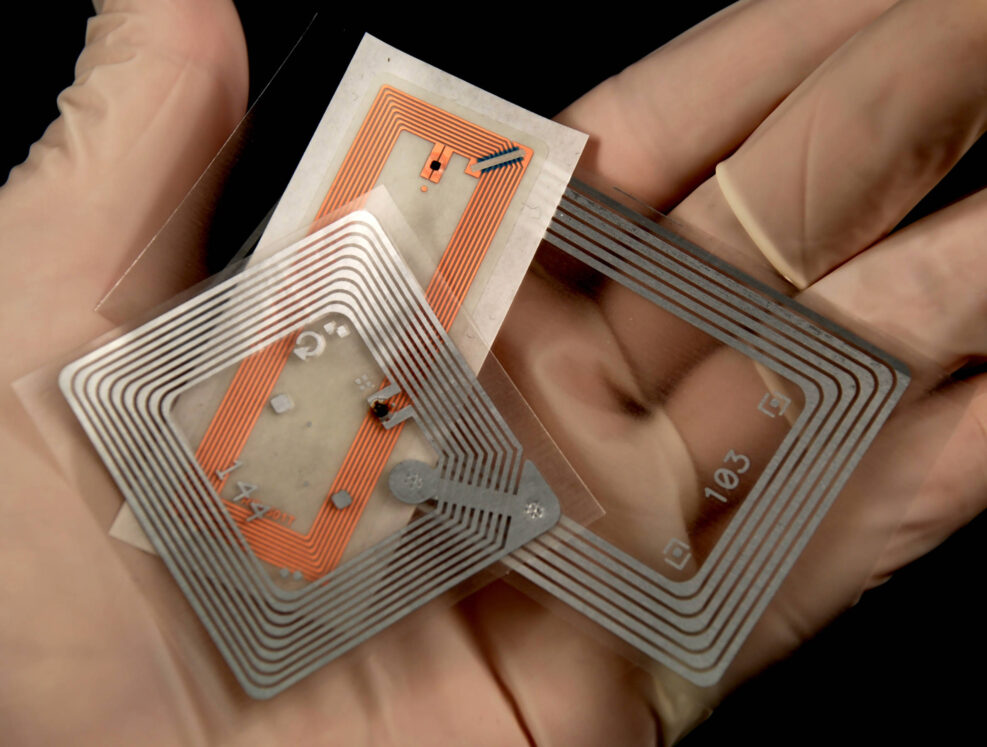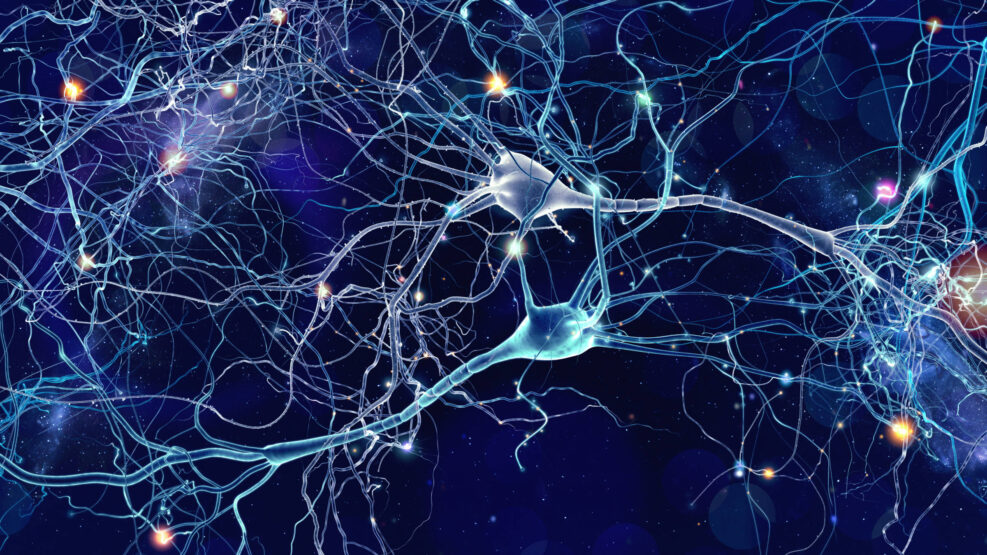
Making Docker Work in Your Computer Infrastructure
Here are some best practices for building Docker imagesIf you use Docker to manage your infrastructure, you need to put time into thinking about how to build it. Here is a quick rundown of the things to keep in mind: Smaller is Better By itself, Docker makes great use of filesystem space. Because each container only holds the changes from the images, a little bit of image bloat doesn’t directly impact the server adversely. However, this doesn’t mean that we shouldn’t worry about bloat at all. Not only should we not waste space without reason, images that are too big cause other problems that you need to be aware of. The most important consideration is attack surface. Every program that you have on your image is a potential Read More ›



















